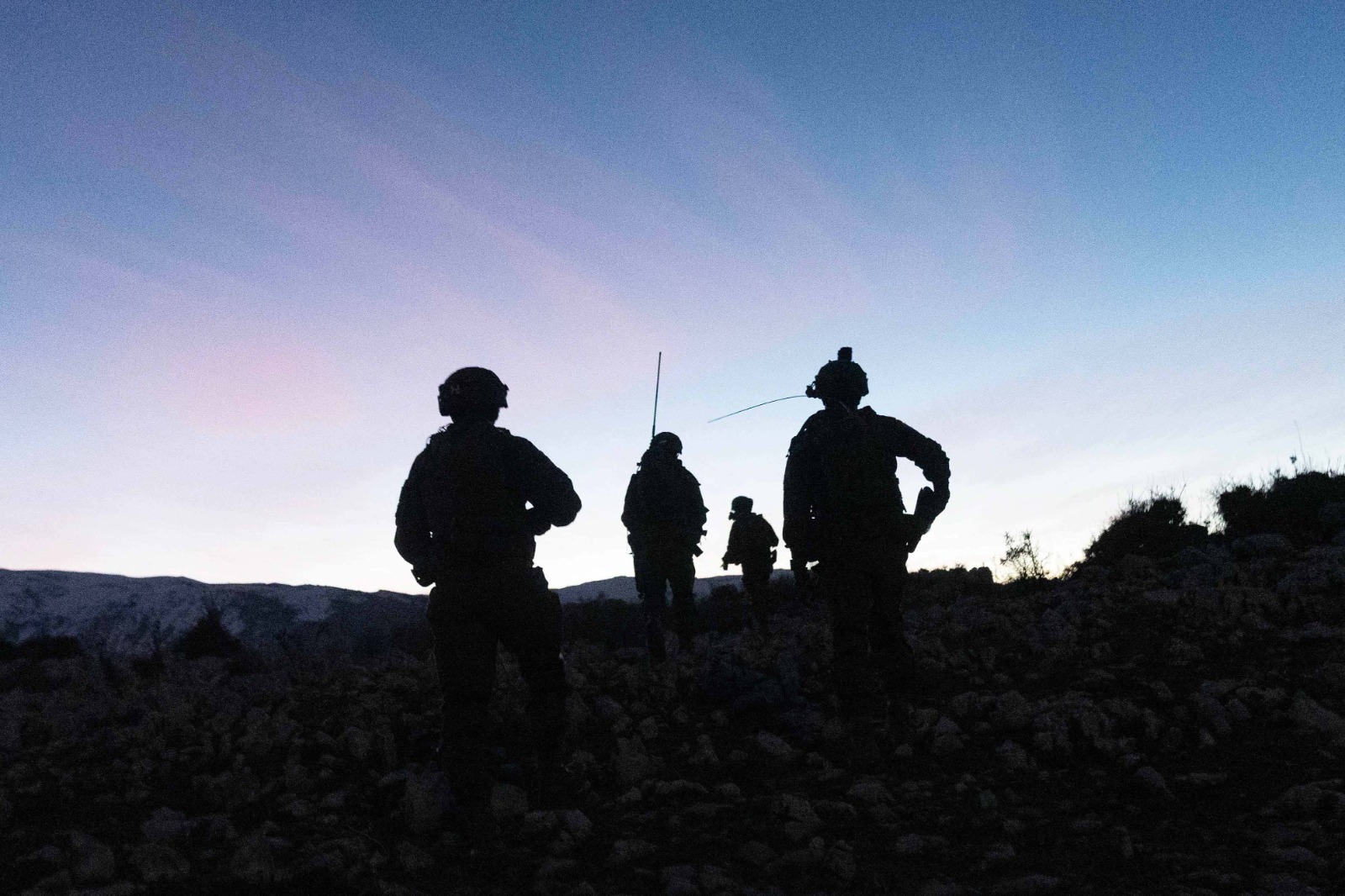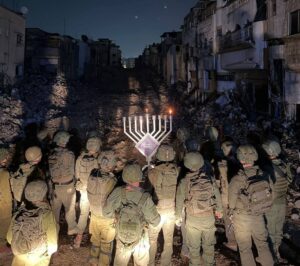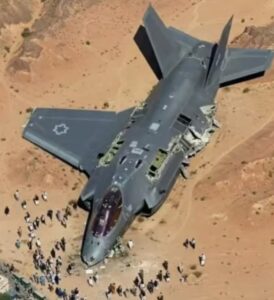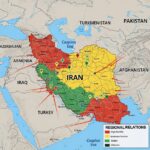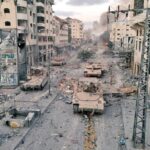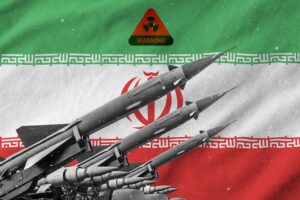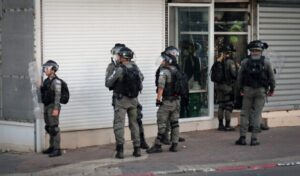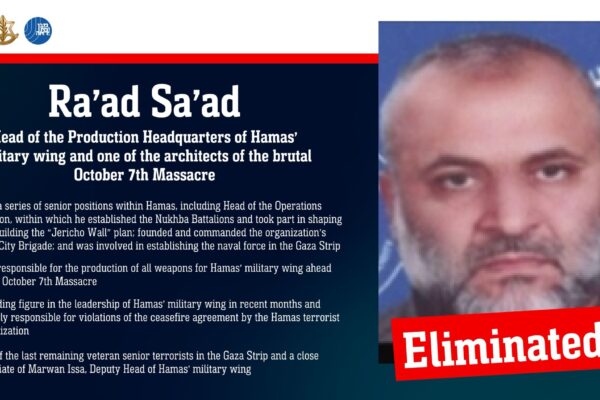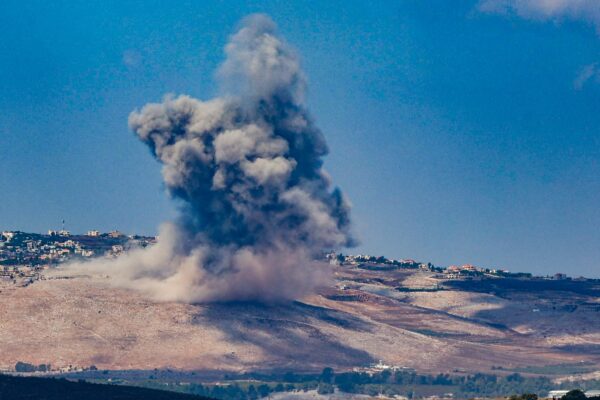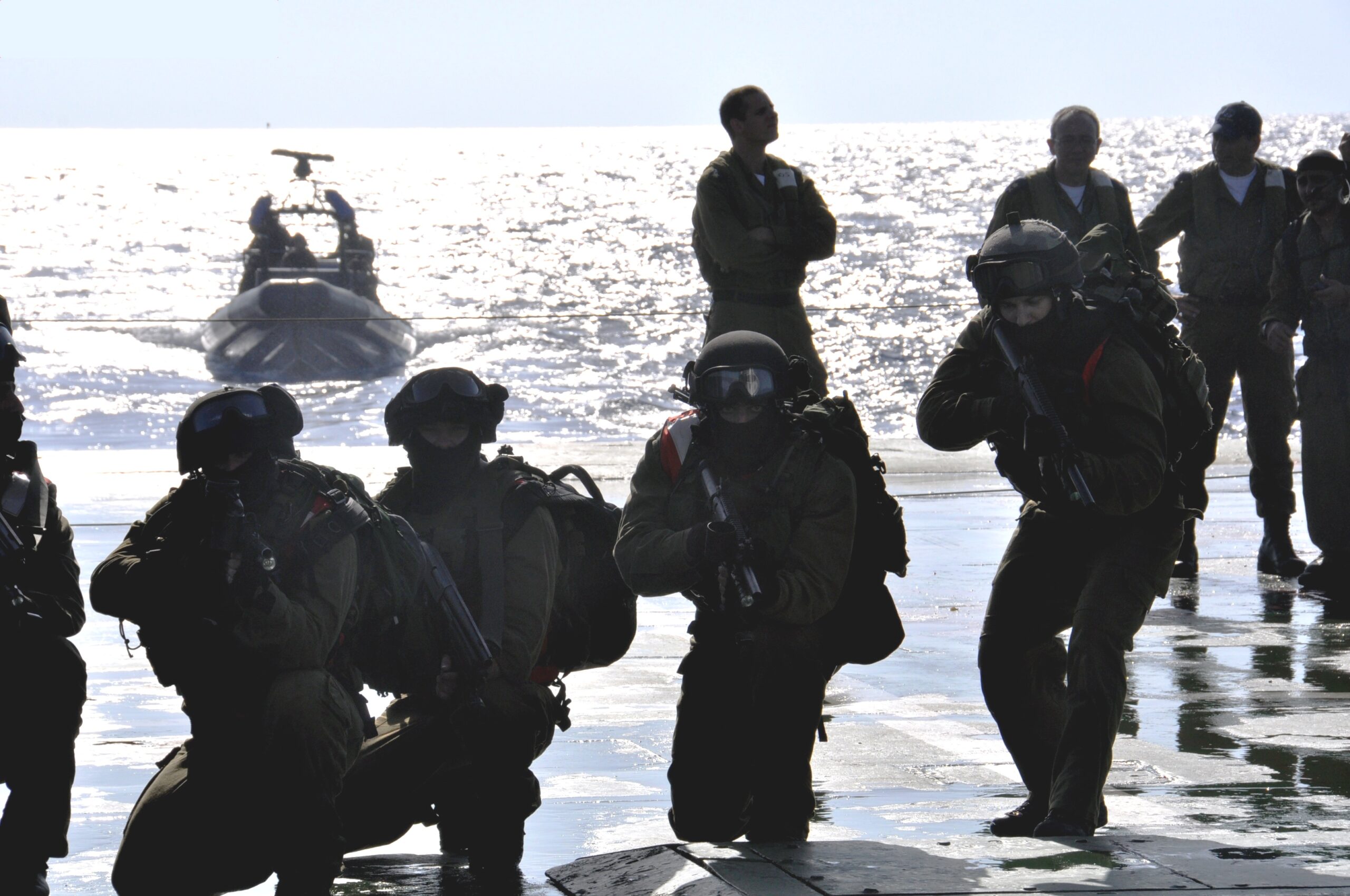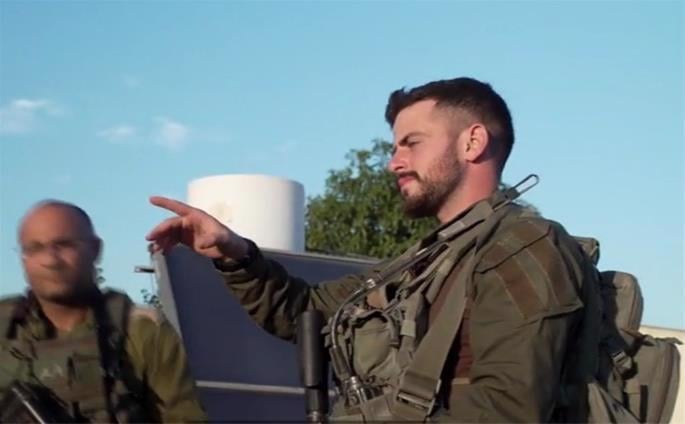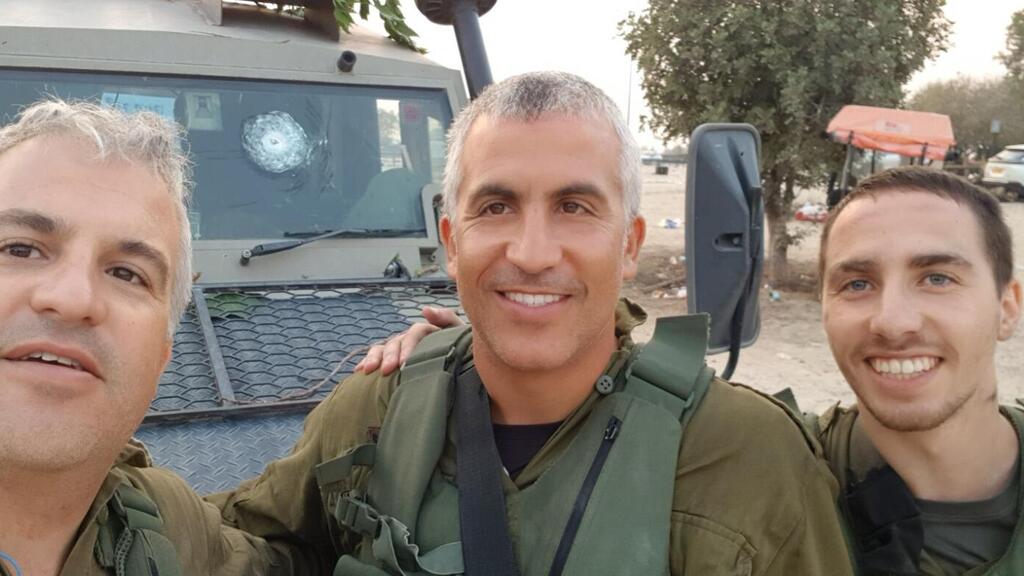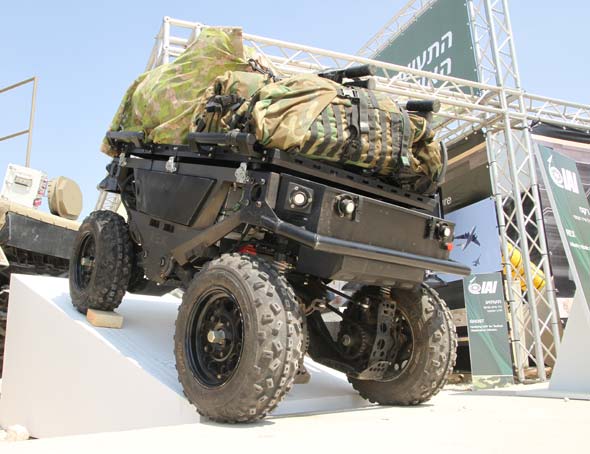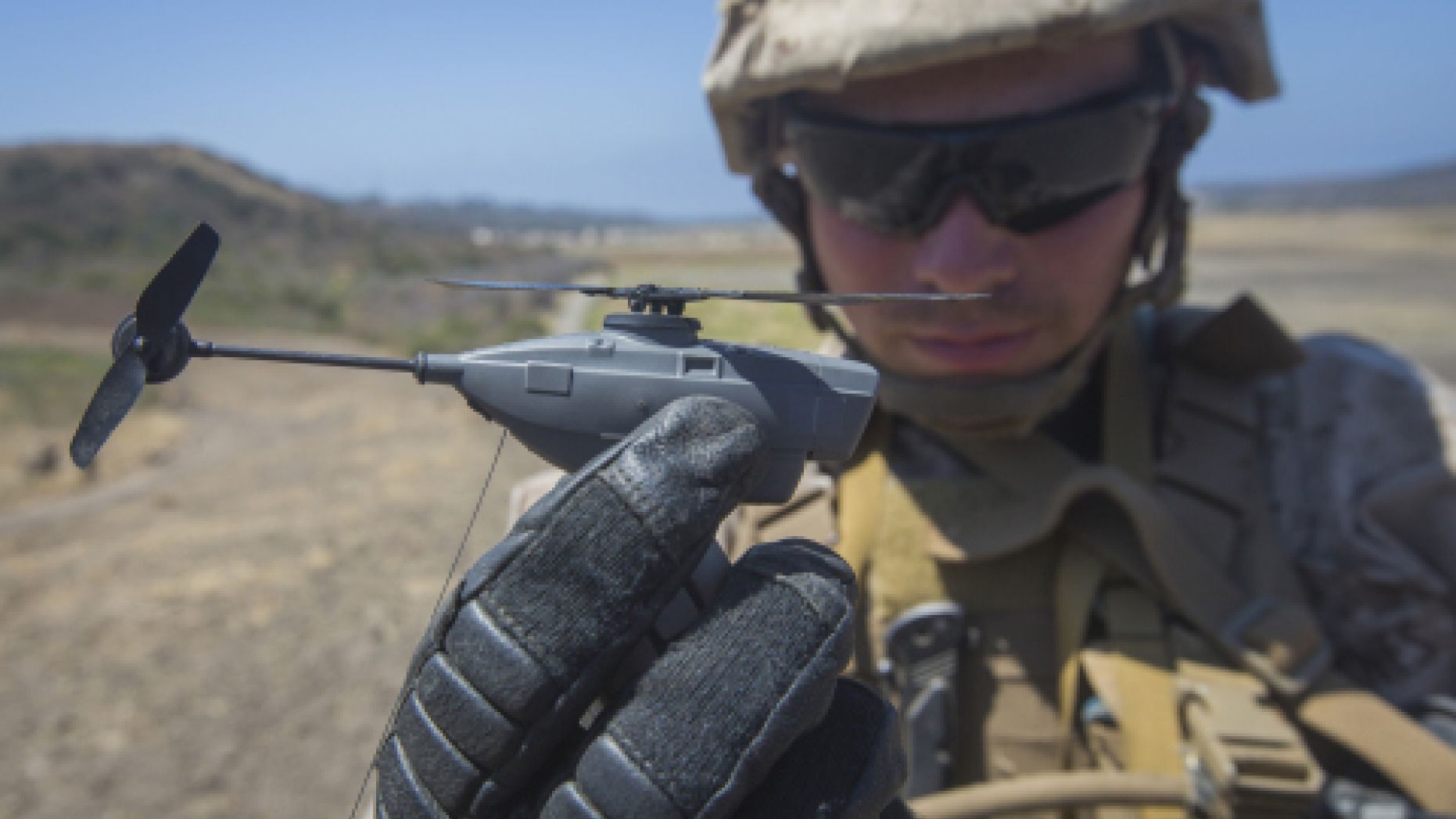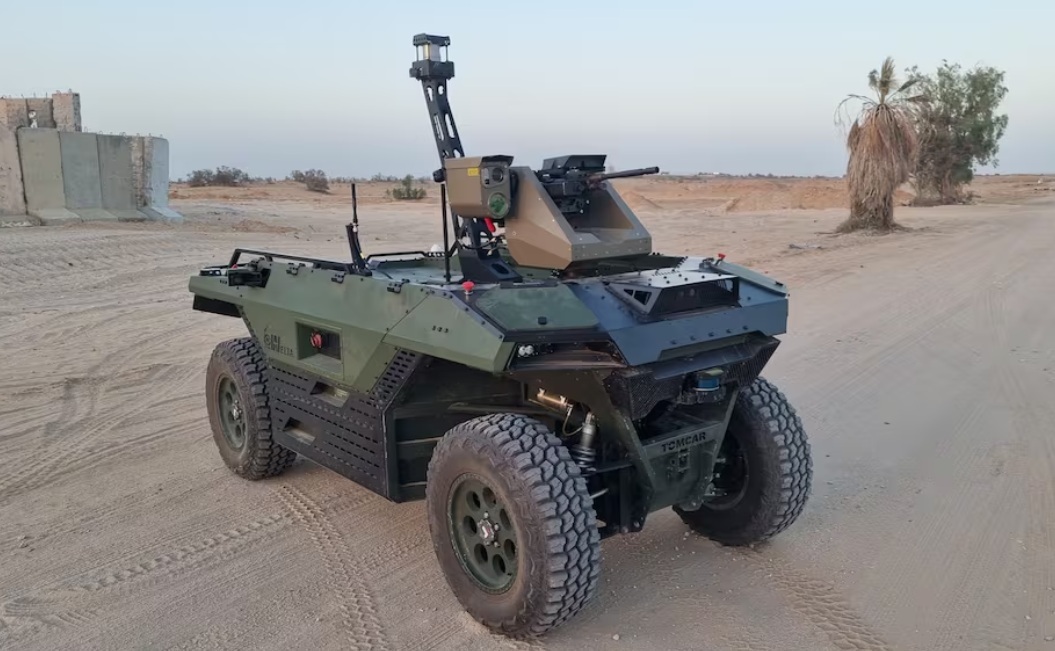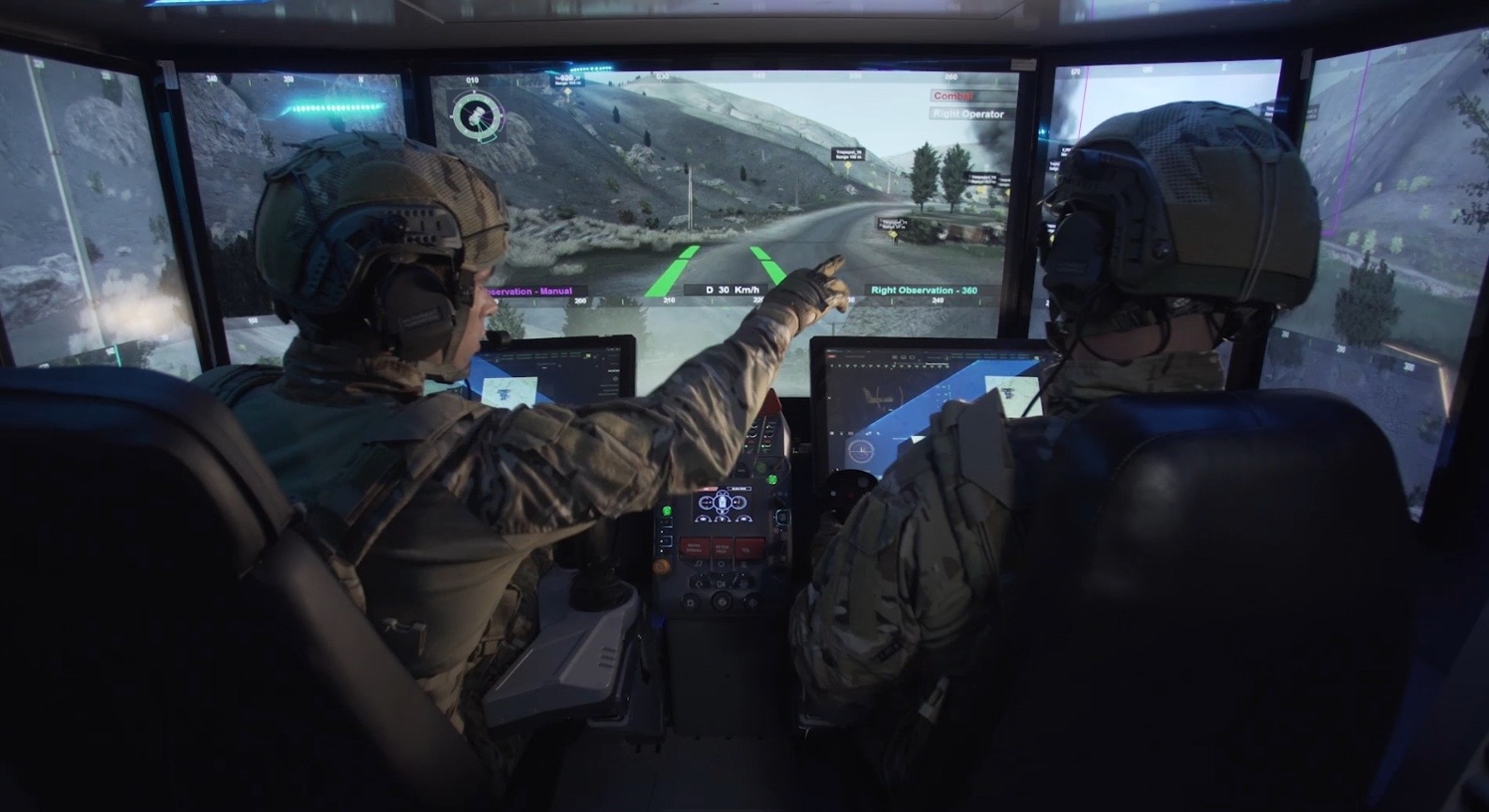Israel Has for the Last 18 Months Been Engaged in a War on Seven Fronts Against a Single Enemy
By Jonathan Spyer (Middle East Forum)
Israel has for the last 18 months been engaged in a war on seven fronts against a single enemy.
The enemy in question is the Islamist regional alliance led by Iran.
The objective of this alliance is the destruction of the Jewish state.
The stated intention of those who launched the Oct. 7, 2023, massacres in the Gaza area was to commence this process.
In addition to Gaza, the fronts in this war are or have been Lebanon, Syria, Iraq, Yemen, the West Bank, and Iran itself.
Israel’s achievements in this conflict have been very considerable.
As of now, the Israel Defense Forces and Israel’s other security agencies have succeeded in inflicting major damage on all forces which have chosen to enter the fray.
In Gaza, the Hamas movement, while not yet destroyed, has suffered enormous damage and massive losses.
The imperative to return hostages has prevented Israel’s total destruction of the Palestinian Islamist group, but its most significant leaders of recent years—Yahya Sinwar and Mohammed Deif—are dead, along with thousands of their fighters.
In Lebanon, the Hezbollah organization, once billed as the most powerful non-state military force in the world, is a shadow of its former self.
Its capable and charismatic historic leader, Hassan Nasrallah, is dead.
His successor, Hisham Safieddin, was quickly removed by Israeli air power.
The current leader, Naim Qassem, is a veteran figure known more for intellectual writings than military leadership.
He appears unlikely to fill Nasrallah’s shoes.
Hezbollah has lost 80% of its long-range missile capacity.
Israel has established five positions on the Lebanese side of the border and now operates with a newly aggressive doctrine, striking Hezbollah targets at will.
By November of last year, Hezbollah accepted a ceasefire and effectively removed itself from the conflict.
Perhaps most dramatically, the Assad regime in Syria, which held power for 62 years, was toppled in December.
Hezbollah, too weakened to defend it, was unable to stop the advance of Hayat Tahrir al-Sham jihadis toward Damascus.
In Iraq, Iran-linked Shia militias also unilaterally exited the conflict at the end of last year.
Reports now suggest they may disarm entirely to avoid U.S. retaliation.
The Yemeni Ansar Allah (Houthis) have succeeded in disrupting global trade via the Red Sea and Gulf of Aden.
Yet they now face a relentless U.S.-led bombing campaign.
Even Iran has participated directly, launching ballistic missiles and drones at Israel in April and October of last year.
In response, Israel devastated Iranian air defenses and struck targets deep inside Iranian territory.
This is a picture of significant success. Still, the war is not over.
With the exception of Assad’s regime, none of the hostile actors have been eliminated.
They are wounded but rebuilding. This opens a brief window of opportunity to strike decisively at the Iranian regime—the architect of the regional war that erupted in 2023.
But this window will not remain open for long.
Meanwhile, Omani-brokered negotiations now underway in Rome over Iran’s nuclear program offer Tehran a potential lifeline.
A recent statement by U.S. presidential envoy Steve Witkoff suggesting the U.S. might allow Iran to continue uranium enrichment at civilian levelshas alarmed Israeli officials.
They fear Iran may achieve a nuclear deal much like the 2015 JCPOA, dragging out negotiations while restoring its defenses and rearming its proxies.
If the Islamic Republic manages to weather this critical moment—through diplomatic stalling and the restraint of Western powers—it would be a tragic missed opportunity.
The Iranian regime is loathed by its own citizens, its foreign affiliates are damaged and its military capacity diminished.
Pressure must be maintained, and the U.S. must not be lulled into easing off.
The goal should remain clear: End the ambitions of the Iranian regime to dominate the region and destroy the state of Israel.


